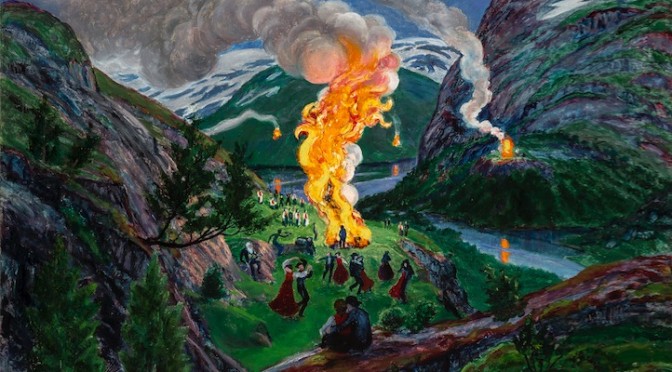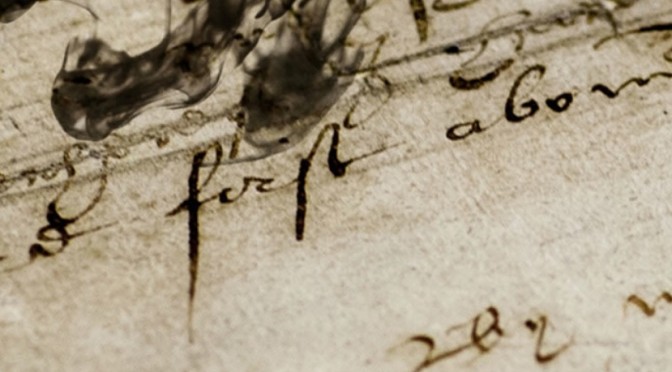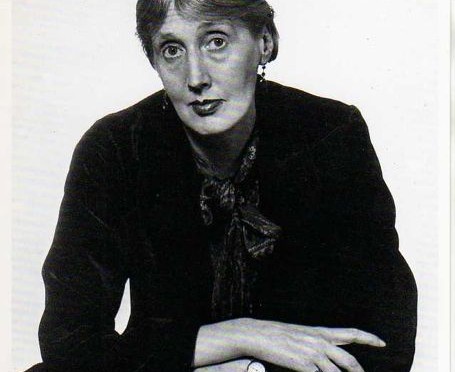An open drafting process of ‘Capoeira Boy’ from Ruth Padel’s collection, Learning to Make an Oud in Nazareth (Chatto, 2014).
Introduction
by Penny Newell
Sometimes poetry mutters, sometimes it sings, oftentimes it catches our eye and looks. There’s a line from a poem of Ruth Padel’s collection, Learning to Make an Oud in Nazareth (Chatto, 2014), which manages all three. It runs: ‘I am looking too hard, or this scene is looking too hard/ at me.’
You need only read the commentary below to realise that here we overhear the poet muttering to herself, pen and notebook in hand. Yet we also hear a clue to the song that Padel plays on the oud. The oud is both the instrument, and perhaps a Middle Eastern homonym of the ode (from the Greek ’αοίδη [aoide], ‘a song’). The oud is a solemn song, sung by a chorus of CNN, Youtube and eBay, refugee camps and tanks. Last week, Jo McDonagh and Rowan Boyson asked ‘How might the humanities contribute to an understanding of the current refugee ‘crisis’?’ Padel’s poetry is alive to this question. The poems of this collection catch our eye with it, and let it look at us hard.





